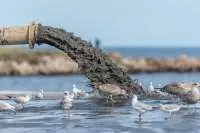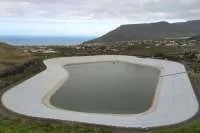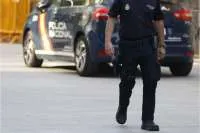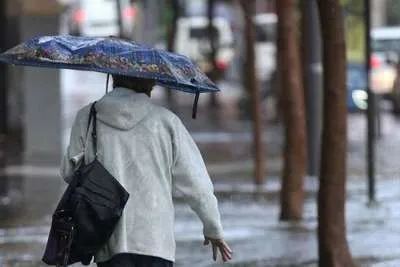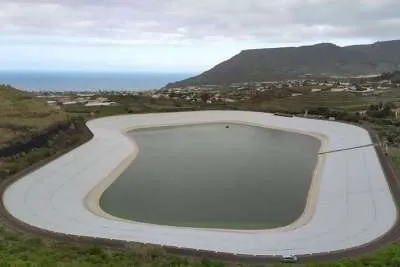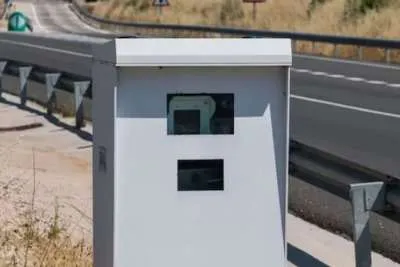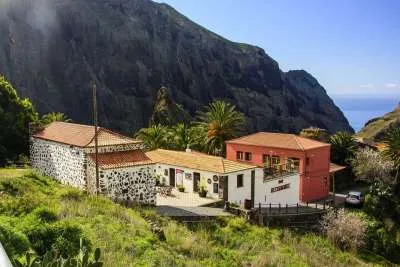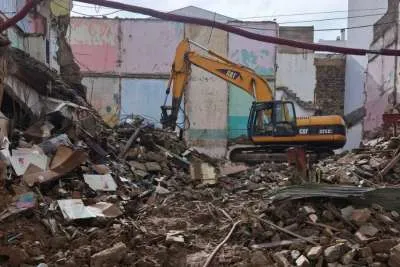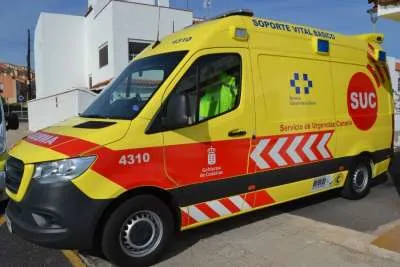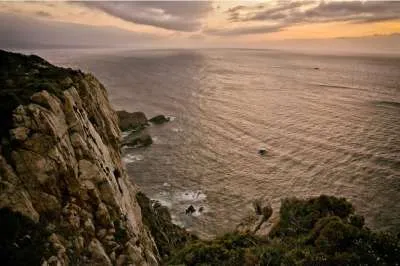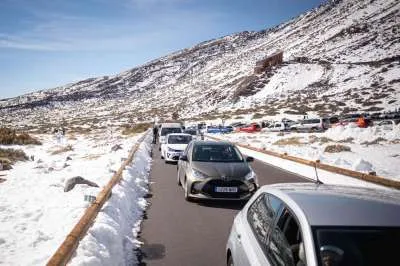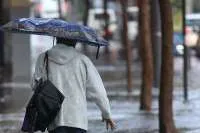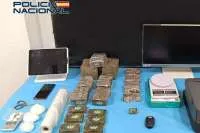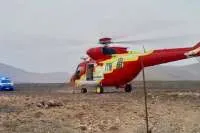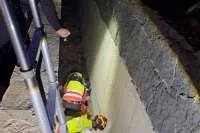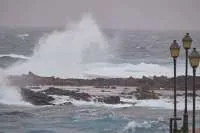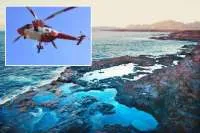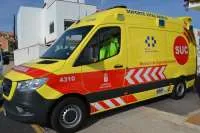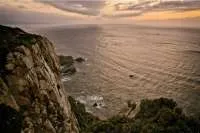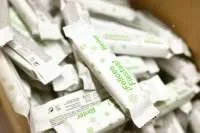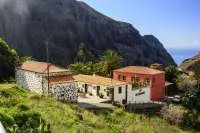Waste and pollution wash up on Tenerife’s coastline again
- 24-11-2025
- Tenerife
- Canarian Weekly
- Photo Credit: Cedida a Canarias Ahora
Heavy rain from Storm Claudia has once again highlighted Tenerife’s ongoing issues with wastewater management, after wipes, oils and other debris washed up on beaches in Garachico and Playa de Las Américas. Residents say these incidents are becoming increasingly common and are worried about the impact on public health, tourism, and the island’s marine environment.
On 15th November, a fisherman working off the coast of Garachico watched as a large mass of waste built up on Caleta de Interián following the storm. The drainage system struggled to cope with the sudden downpour, forcing wipes, solid waste and other residues out onto the shore.
In the south, beachgoers in Las Americas reported finding white, greasy balls on the sand, which are a mix of oils, soaps, wipes and paper that form when wastewater is pushed out into the sea.
Official data shows how widespread the problem is. The Canary Islands currently have more than 400 coastal discharge points, and over half of them are not authorised. Tenerife is responsible for most of these, with at least 118 illegal or pending authorisation.
Germán Pinelo is the spokesperson for the IBATE Isla Baja Surf Club. He says the situation in Garachico has become a serious health concern. He says the area is widely used for swimming, fishing and surfing, yet the beach was not closed despite visible contamination. Several surfers reported skin irritation after entering the water.
The Canary Islands Health Service explained that water quality checks must be requested by each town hall. Garachico’s councillor for Water, Sanitation and Public Health, Elvis De León, said he did not know whether any post-storm testing had been carried out. He added that routine checks are normally requested every two weeks during the summer, and insisted there had been no direct discharge into the sea. Instead, he said heavy rain caused solid waste trapped in drains to resurface when manhole covers lifted.
Garachico does not have separate systems for rainwater and wastewater, meaning the network becomes overwhelmed during storms. De León said the pumping station cannot handle the volume during intense rainfall, especially when wipes block key inlets. A long-term project would be needed to fully separate both networks, but the council expects to complete new absorbent wells by the end of the year to help ease pressure during future storms.
The Surf Club has criticised both Garachico Town Hall and the Cabildo, saying the coastline is being neglected and that similar incidents have happened elsewhere.
The same white clusters reported in the north also appeared at Las Palmeras beach in Las Americas on 15th September, forcing lifeguards to raise a red flag. Chemical experts say these clumps form when traditional soaps react with oils and fibres in wastewater, creating floating masses that are pushed ashore during certain tides.
Arona Town Hall did not comment, while the Tenerife Cabildo said an inspection this week found “nothing unusual”. They added that the earlier red flag may have been raised for safety reasons rather than pollution.
The latest incidents have led to fresh calls for stronger controls, better maintenance, and clearer information about water quality. Locals warn that each episode damages Tenerife’s reputation and puts the health of beach users at risk.





